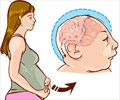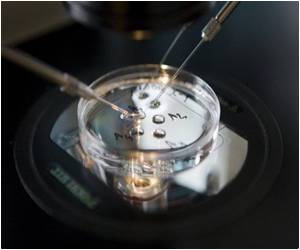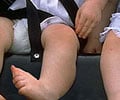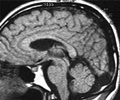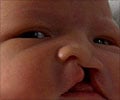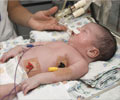Michael Davis and his colleagues from Adelaide University’s Robinson Institute conducted a comprehensive study to determine the risk of birth defects related to assisted reproductive technology (ART).
The study was published in the New England Journal of Medicine and presented in Barcelona, Spain at the World Congress on Building Consensus in Gynecology, Infertility and Perinatology.Spina bifida, cleft palate, cerebral palsy, and gastrointestinal and musculoskeletal conditions are some of the commonly seen birth defects associated with assisted reproductive therapies such as in vitro fertilization (IVF), ovulation induction and intracytoplasmic sperm injection (ICSI).
Michael Davis, the lead author and Associate Professor at the Robinson Institute stated, “While [fertility] treatments appear quite safe, we cannot ignore that there are significant risks that require urgent investigation with additional ongoing studies.”
The researchers studied 302,811 pregnancies that included terminations and stillbirths between January 1986 and December 2002 resulting from spontaneous conception and 6,163 resulting from fertility treatment. The study identified birth defects before the age of 5 years.
Comparisons were made in the frequency of birth defects in pregnancies with fertility treatment and pregnancies without fertility treatment.
Professor Davis mentioned, "The unadjusted risk of any birth defect in pregnancies involving assisted conception was 8.3% (513 defects), compared with 5.8% for pregnancies not involving assisted conception (17,546 defects)."
Davis clarified that the risks associated with IVF could be attributed to age or weight of the mother while risks linked to intracytoplasmic sperm injection were unexplainable by the available factors.
The newly created embryo is inserted in the womb in both these forms of artificial fertility treatments.
The scientists concluded, “Infants conceived with use of intracytoplasmic sperm injection or in vitro fertilization have twice as high a risk of a major birth defect as naturally conceived infants.”
The experts also compared the frequency of birth defects post fresh and frozen embryo transfer. Fresh embryo cycles were more commonly associated with birth defects as compared to frozen embryo cycles.
Davis’ team also studied birth defects in females using clomiphene citrate for ovulation induction. Around 37,000 women across Australia annually use this easily available drug. According to the study findings, the use of this drug triples the risk of birth defects.
Dr. Davis said, “It is very commonly used as a first-line treatment for anovulatory infertility, as it is considered to be safe, cheap and non-invasive.”
According to Dr. Davis, further researches are required as the reproductive techniques are continuously undergoing innovations and newer inventions might reduce the risk associated with them.
Reference:
Reproductive Technologies and the Risk of Birth Defects; Michael Davies et al; N Engl J Med 2012; 366:1803-1813
Source-Medindia

